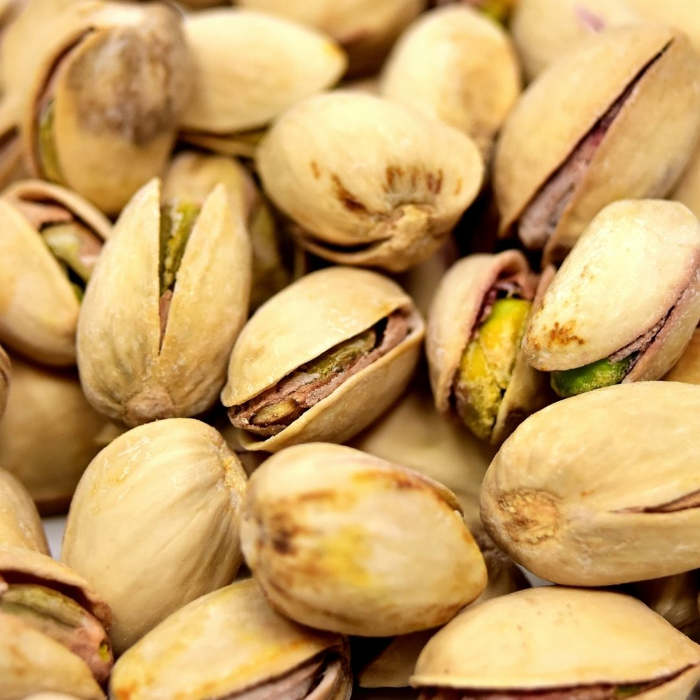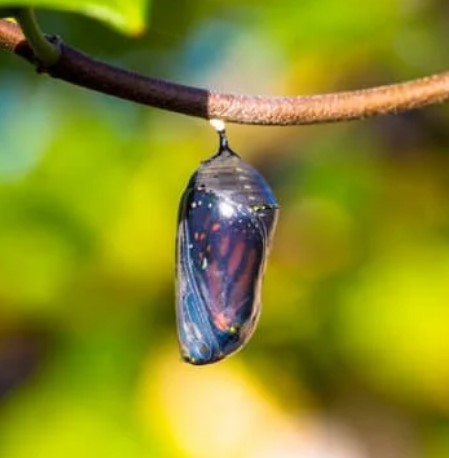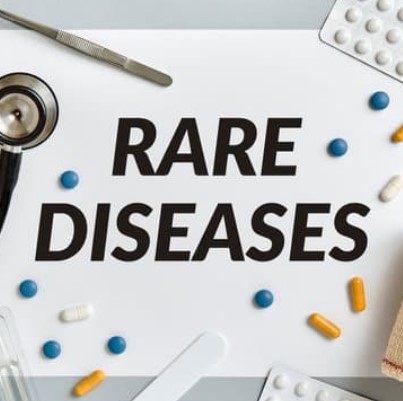
En inglés hay muchas palabras, verbos, adjetivos y sustantivos como en cualquier otro idioma, pero no hay dos palabras tan representativas del idioma inglés como la palabra “FUCK”, esta palabra es parte de la cultura pop del idioma inglés y aunque no es una palabra que te recomiendo usar en situaciones formales como en una entrevista de trabajo o una cena con los padres de tu futura pareja, no debemos pasar por alto sus usos por que es muy frecuente y dominar esta palabra te ayudará a entender mas el ingles, la cultura americana, y la unica que con su sonido puede describir dolor, amor, odio y placer
Tweet
«Stop fiving a fuck what other people think» – Gaey Vaynerchuck.
Escucha el episodio aquí:
Suscribete en: Apple podcast / Spotify / Google podcast
Síguenos en las redes sociales:
Que aprenderás en este episodio?
- Los usos mas comunes de la palabra FUCK.
Recursos:
Lee la transcripción de la clase en el episodio:

Starlin: Iniciamos hablando de esta palabrita multiuso que como muchas proviene del Aleman. En la actualidad, la palabra «fuck» tiene una connotación sexual en inglés. Parecida al improperio «chingar»/»follar» que igualmente, es maleable y puede adaptarse de varias formas.
La palabra “fuck” puede describir tanto el acto de copulación como ser usada como insulto, maldición, admiración, calificativo peyorativo o superlativo según la intención del interlocutor.
Thomas: Así es starlin, la palabra “fuck” o the F-word, Puede usarse en forma de adjetivo calificativo, para brindar información sobre las características del sustantivo, ejemplo:
Get your fucking car out of the way. – Saca tu jodido carro de la vía.
Starlin: También usamos la palabra fuck como adverbio, para modificar un verbo y agregar intensidad, ejemplo:
Maria is so fucking beautiful – Maria es tan jodidamente bella
Thomas: Otro uso de la F-word (fuck) es Como sustantivo en oraciones como:
I don’t give a fuck – No me importa un carajo.
Starlin: Como agresión la palabra fuck, se usa de diferentes formas, uno de ellos es: Fuck you – Jódete
También usamos esta palabra para expresar acuerdo, ejemplo:
Fuck yeah – Jodidamente si
Y para expresar sorpresa también usamos esta poderosa palabra:
Fucking amazing – jodidamente increíble
Thomas: Otros usos de la palabra fuck, son para:
Expresar amenaza:
Don’t fuck with me / No jodas conmigo
Cómo muestra de apatía:
Who gives a fuck? / ¿A quién le importa un carajo?
Starlin: cuando tienes que expresar Confusión también puedes hacer uso de esta palabra: What the fuck? o WTF? que es la versión corta y popular de esta frase, comúnmente usada en redes sociales / ¿Qué carajo?
Thomas: Otro uso común de esta palabra son para expresar Negación ejemplo, : I didn’t fucking do it / No lo hice, joder y Para mostrar ignorancia: He is such a fuck head / es un cabeza de mierda
Como te habrás dado cuenta, hay muy pocas palabras con la versatilidad de Fuck. Como en estos ejemplos que describen situaciones como:
Fraude: I got fucked at the used car lot. “Me jodieron en el lote de autos usados”.
Consternación: Aww, fuck it! ¡Ay, a la mierda!
Problema: I guess I’m really fucked now. «Supongo que ahora estoy realmente jodido».
Agresión: Don’t fuck with me, buddy. «No me jodas, amigo».
Starlin: Tambien la podemos usar para expresar:
Dificultad: I don’t understand this fucking question. «No entiendo esta maldita pregunta».
Consulta: Who the fuck was that? «¿Quién diablos era ese?»
Insatisfacción: I don’t like what the fuck is going on here. «No me gusta lo que está pasando aquí».
Incompetencia:He’s a fuck off. «Está jodido».
Despedida: Why don’t you go outside and play hide and go fuck yourself? «¿Por qué no sales y juegas a las escondidas y te vas a la mierda?»
Audio curso de ingles en patreon!

Al unirte a Patreon nos apoyas a seguir creando contenido para todo el que quiera aprender inglés y a la vez obtienes acceso a nuestro audio curso de inglés premium y personalizado para aprender ingles a tu ritmo!
Únete a una comunidad con tus mismo intereses y practica tu inglés.
Desde los inicios de los tiempos los seres humanos hemos necesitado la comunidad para fortalecernos y crecer juntos y eso no ha cambiado, el ser humano es un ser social y la socialización en torno a un tema de interés común te ayudara a aprender mas rápido, es por esto que te recomiendo que busques una comunidad con tus mismos intereses para que puedas practicar tu inglés, socializar, aprender y compartir lo que sabes, eso de verdad que ayuda mucho.
En EnglishwayRD creemos que la comunidad es importante para el aprendizaje y por eso tenemos nuestro club de inglés en Whatsapp. Únete y comparte y aprende en comunidad.

Conoce a los presentadores del podcast

Starlin santos
Co-fundador de englishwayrd, host del podcast englishwayrd. Profesor de ingles con mas de 5 años de experiencia en la enseñanza del idioma inglés. TEFL certified.

Thomas martinez
Co-fundador de englishwayrd, host del podcast englishwayrd. Profesor de inglés certificado con 4 años de experiencia en la enseñanza del idioma ingles y mas de 1o años en el aprendizaje de inglés. TEFL certified.





